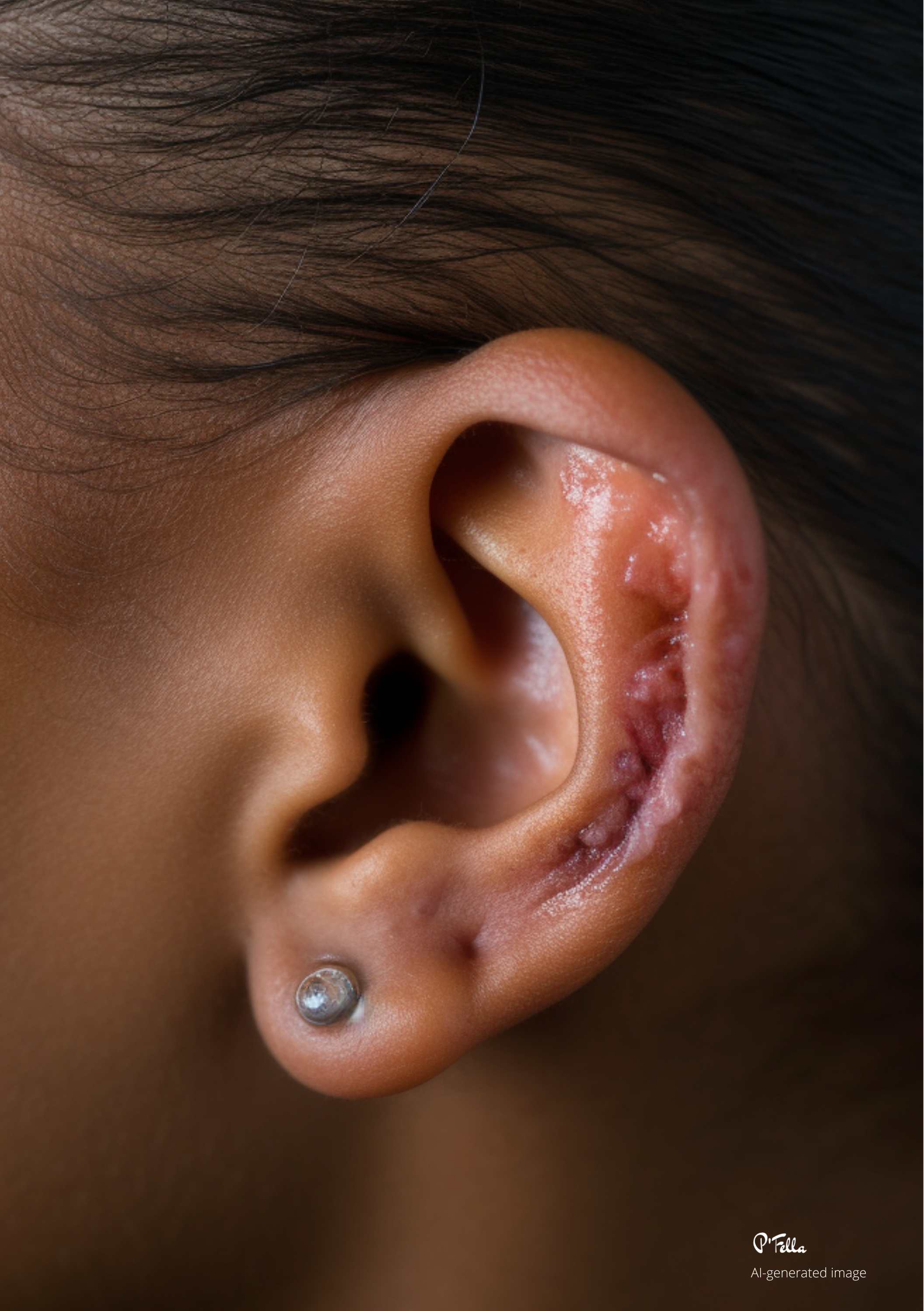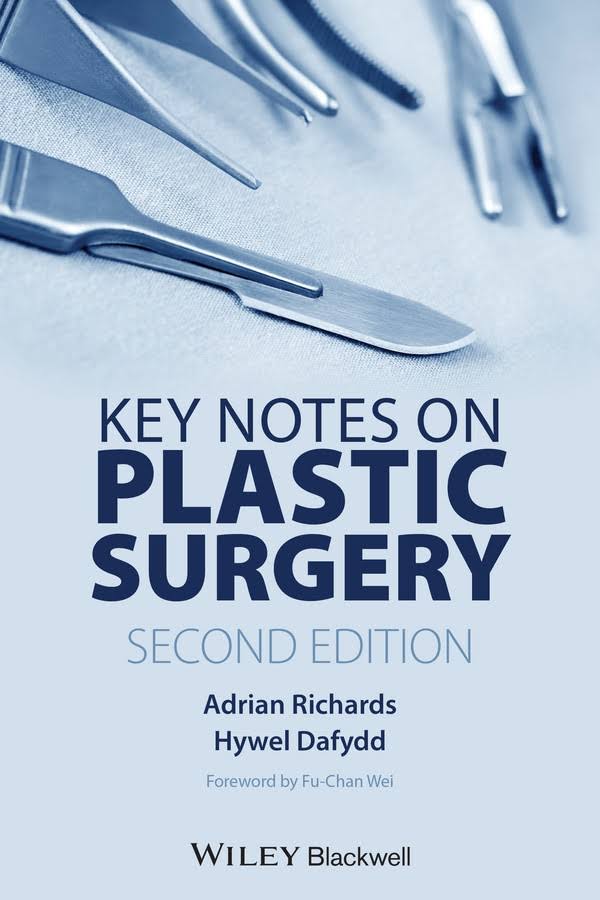In this week's edition
- ✍️ Letter from P'Fella
Was paper better than electornic? - 🤓 The Sunday Quiz
How well do you know wound healing? - 🖼️ Image of the Week
What does a keloid scar look like after steroid injection? - 🚑 Technique Tip
How to pick the right wound dressing - 📚 Book Review
Reviewing Key Notes on Plastic Surgery - 📖 What Does the Evidence Say
How many injections for a keloid scar? - 🔥 Articles of the Week
Algorithm for scar management, keloid treatment, & caring for your incision: with 1 sentence summaries. - 💕 Feedback
Suggest ideas & give feedback!
A Letter from P'Fella
Was Paper Better Than Electronic?
Let’s face it — electronic medical records (EMRs) were supposed to be a game-changer. Designed to streamline workflows, reduce errors, and improve patient care. They’ve done some of that… but not without introducing their own headaches. So, let’s ask: Was paper really worse than what we’re dealing with today?
Here’s the truth. EMRs might be legible, but they’re often unintelligible. You’ve probably dealt with it — endless drop-down menus, duplicate medications, and alerts that serve the system more than the clinician. Worse, if you miss a step, the system doesn’t just flag it — it creates errors, from stopping critical meds to delaying discharges.
The Numbers Don’t Lie
A recent study showed that EMR has its downsides: On average, there were slightly more positive perceptions of EHR usage than negative. The most commonly perceived issues with EHR were wasted time and barriers to user-friendliness (PRS, 2020)
With paper charts, you might have struggled with messy handwriting, but the notes had meaning. Today, we’ve traded that for legible, standardized gibberish. Add to this the endless hoops clinicians must jump through: fixing insurance issues from home, sorting mismatched med lists, or manually correcting system errors.
A System That Works for Us
EMRs weren’t built for us — they were built for billing and compliance. When tools meant to help create more work and errors, it’s time to rethink their design. We need systems that adapt to clinicians — not the other way around.
P'Fella ❤️
The Sunday Quiz
How Well Do You Know Wound Healing?
Welcome to the next round of The Weekly Quiz.
Each edition of thePlasticsPaper includes a quiz question designed to challenge and engage our readers. Keep your wits about you and join in every week — the winner at the end of six rounds will earn you a one-year subscription to thePlasticsPro.

Image of the Week
Keloid Scar After Steroid Injection
In this section, we feature an anatomical illustration. This week, we’re looking at a keloid scar following steroid injection.
Read more about keloids here.

Technique Tip
How to Pick the Right Dressing
This week’s technique focuses on picking the right wound dressing.
Select a dressing that balances wound needs (exudate, infection risk, healing phase) with patient factors (allergies, compliance). Adjust as conditions evolve.
Key considerations include,
- Healing: Maintain moisture and promote cell regeneration.
- Protection: Prevent trauma, guard against infection, and regulate temperature.
- Safety: Use sterile, non-toxic, and hypoallergenic options.
Read in more detail here.

Book Review
Key Notes on Plastic Surgery

Key Notes on Plastic Surgery
"Key Notes on Plastic Surgery" is a comprehensive guide to the field of plastic surgery, authored by two renowned plastic surgeons, Adrian Richards and Hywel Dafydd. The book covers a wide range of plastic surgery topics, including facial surgery, breast surgery, body contouring, and non-surgical procedures.

What Does the Evidence Say?
How Many Injections for a Keloid Scar?
Long-term studies show improvement in 82% of patients for subjective symptoms and 63% for objective symptoms, though treatment may require 20-30 injections over 3-5 years (Muneuchi et al., 2006). Combining corticosteroids with other treatments like 5-fluorouracil or laser therapy may enhance efficacy and reduce side effects (Morelli Coppola et al., 2018).
Three-dimensional imaging can objectively assess treatment response, showing significant volume reduction after steroid therapy (Ardehali et al., 2007).
Articles of the Week
3 Interesting Articles with 1 Sentence Summaries
Current scar management algorithms integrate compression, corticosteroids, and adjunctive radiotherapy, offering a structured approach to treating persistent fibroproliferative conditions.
Combining surgical excision, local flap coverage, and radiotherapy reduces keloid recurrence to 21%, emphasizing integrated treatment strategies.
Effective wound management doesn’t always require costly resources. Clean water rinses, petroleum-based moisture barriers, & non-sterile clean dressings — a simplified care approach for open/closed wounds.


